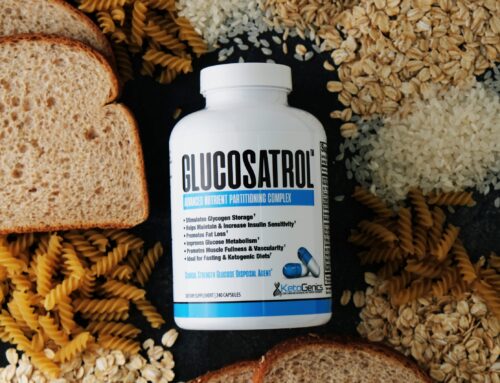Best form of potassium for a ketogenic diet
Potassium Chloride vs Potassium Citrate for the ketogenic diet
Did you know that an electrolyte imbalance is common when eating keto? In addition to sodium (which seems to be the most important mineral to take when on a ketogenic diet) Potassium is a mineral needed by the body which often runs low on a keto diet.
According to WebMD, symptoms of low potassium include:
- Weakness, tiredness, and cramping in arm or leg muscles, sometimes severe enough to cause inability to move arms or legs due to weakness (much like a paralysis)
- Tingling or numbness
- Nausea or vomiting
- Abdominal cramping, bloating
- Constipation
- Palpitations (feeling your heart beat irregularly)
- Passing large amounts of urine or feeling very thirsty most of the time
- Fainting due to low blood pressure
- Abnormal psychological behavior – depression, psychosis, delirium, confusion, or hallucinations.
A lot of electrolyte products contain the wrong form of potassium which could cause serious problems for the ketogenic dieter. The form of potassium that many products contain is potassium citrate, probably because it is very inexpensive but it is not the best form to take for a ketogenic diet.
Potassium citrate is a potassium salt of citric acid. Many ketogenic dieters report that citric acid prevents them from entering ketosis. There was a study, examining very-low-calorie diets and found that the consumption of citric acid inhibited ketosis and increased appetite in many individuals.
Potassium citrate is an alkalizing agent. It is used when your urine is too acidic, Potassium citrate is used in the treatment of kidney stones.
One of the preferred forms of potassium for a ketogenic diet would be Potassium CHLORIDE. Potassium chloride is a form of potassium for people who have low levels of potassium which is the preferred form to use on a ketogenic diet. The best electrolyte products use potassium chloride. This is why we formulated our Keto-Lytes product to contain the preferred form of potassium, potassium chloride.
Click the image below to learn more:






